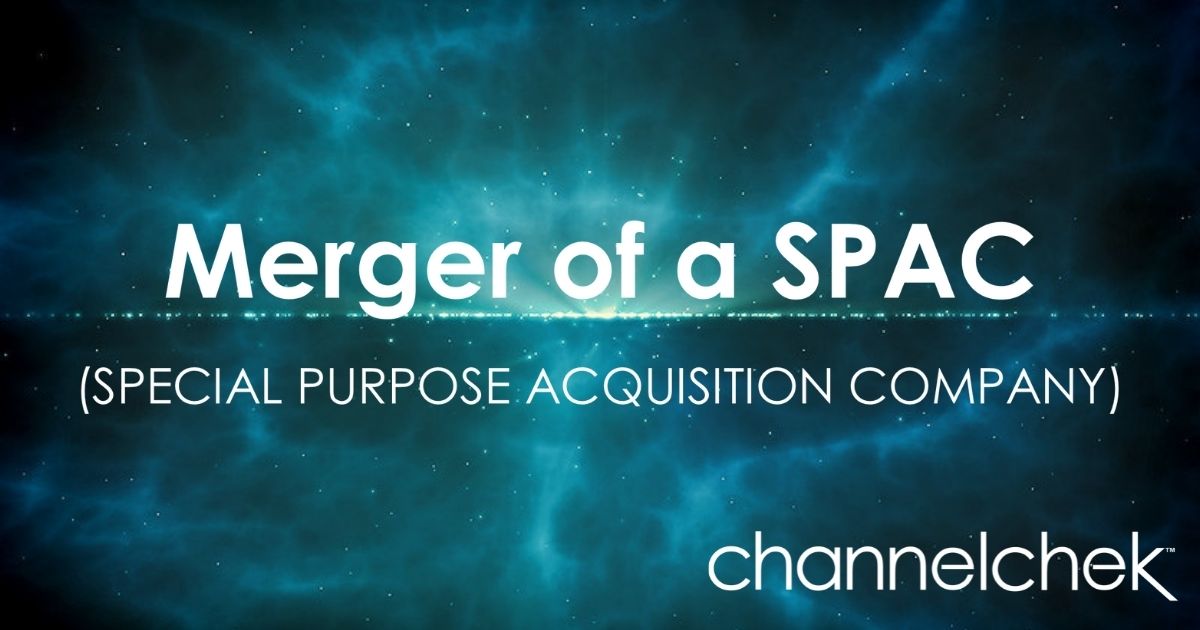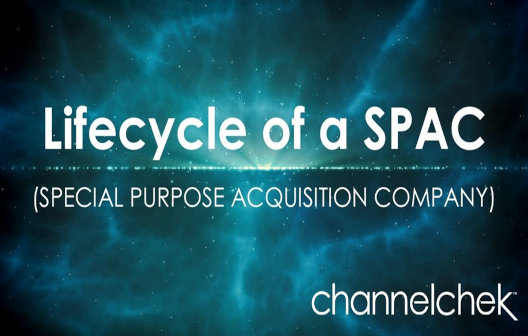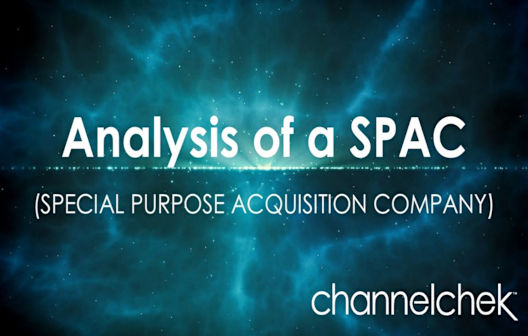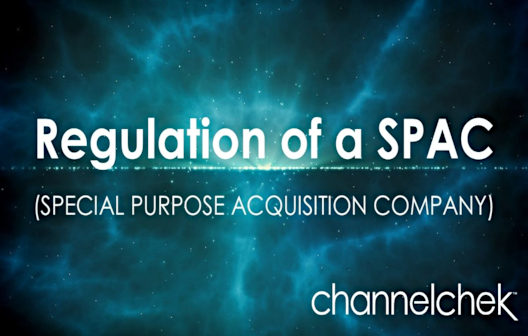
De-SPAC – The Final Phase of a Special Purpose Acquisition Company
(Part of a Channelchek Series on SPACS)
A successful SPAC business combination is often referred to as the de-SPAC phase or even the de-SPACing transaction. The process generally meets the definition of a merger but has considerations and challenges above that of most public company mergers or acquisitions. In most cases, the acquired or merged company is a private company and will be quickly moving toward becoming a publicly owned and traded company; this has its own unique set of requirements and levels of care.
The one challenge that heightens all the others is the compressed timeline. It’s often a race against the clock to have everything necessary in place to close on time. This includes having experienced talent to lead the creation and maintenance of a new publicly-traded company.
There is a lot to do in any merger; going from private to public, with time constraints, raises the level of difficulty even higher. Informing and retaining shareholders at this point is also critical to successfully close. De-SPAC – The Final Phase of a Special Purpose
Acquisition Company is part of a series of ongoing educational pieces published by Channelchek on the subject. From this edition, you should expect to gain a better understanding of:
- Top considerations related to the Definitive Agreement
- The Proxy Statement, forecasts, and related considerations
- PIPEs and capital raising transactions in the de-SPAC phase
- SEC and financial statement requirements
Definitive Agreement
The agreement between the sponsors of a SPAC and the company to be merged with needs to define all of the terms, responsibilities, contingencies, and covenants. This is the formal method for the owners of the target company, the sponsors, or the shareholders to understand the full deal to decide whether they want to accept it. A merger agreement must be detailed and spell out the expectations and responsibilities of everyone involved. In addition to common merger terms that may immediately come to mind, such as price, timeline, assets (tangible and intangible), the agreement should anticipate the unexpected, like how any undisclosed liabilities would be handled. Indemnification stipulations for the parties are also a must. A comprehensive section on covenants to define what the seller “Must do” and “Must not do” protects the investors from potentially owning shares in a business that has been somehow reduced by the seller leading up to closing. A material adverse change clause and an attempt to define “material,” “adverse,” and “change” could avoid later interpretation of what’s included and what would be excluded. This offers SPAC shareholders an “out” in specific occurrences. Another question to be addressed is, should the private company be able to shop itself around? A section on solicitation would stipulate to what degree this is permitted. Closing conditions to be met from both sides will also be clearly defined. This includes any regulatory filings, assets changing hands, cash exchanged at closing, and compliance with all other mandatory terms of the agreement.
Proxy Process
As the SPAC seeks shareholder approval of the initial business combination, it provides shareholders with a Proxy Statement before the shareholder vote. In cases where the SPAC does not solicit the approval of public shareholders, because certain shareholders, such as the sponsor and its affiliates, hold enough votes to approve the transaction, it will provide shareholders with an Information Statement in advance of the completion of the business combination.
The proxy or information statement will contain details about the business of the company that the SPAC aims to acquire, interests of the parties to the transaction, the financial statements of the company, including the sponsor of the SPAC, and the terms of the initial business combination transaction, including the capital structure of the combined entity.
If the transaction is going to completion and some shareholders decide they don’t want to remain involved, they’ll be provided the opportunity to redeem their common stock shares for the pro-rata portion on deposit in the trust account. The steps for this will be outlined in the Proxy or Information Statement.
Should the SPAC not be required to provide shareholders with a proxy or information statement (the SPAC may not be required to obtain shareholder approval of the transaction), shareholders then receive a Tender Offer Statement that provides information about the target business and shareholder redemption rights.
Additional Funding
PIPEs (Private Investment in Public Equity) are not a required part of the de-SPAC process, but the financing method is often used to raise additional capital. This involves selling shares of the public company in a private arrangement with select investors or a group of investors, at a below-market price.
The proceeds can be used for working capital to fund daily operations, offset shareholder redemptions, invest in equipment for the company, or anything else which is defined in the PIPE agreement. PIPE transactions during the de-SPAC phase have become common and could further strengthen the new publicly-traded company if implemented properly.
Public Company Requirements
As mentioned above, once successful negotiations with the target have occurred, the SPAC will usually need to solicit shareholder approval for a merger. They’ll do this by preparing and filing a proxy statement. The matters for which shareholder approval is needed, including a description of the proposed merger and governance matters, will be detailed. This will also include a host of financial information of the target company, such as historical financial statements, management’s discussion and analysis, and pro forma financial statements showing the effect of the merger.
If shareholders approve the SPAC merger and all regulatory matters have been cleared, the merger will close, and the target company becomes a publicly traded entity. This fully subjects it to all SEC requirements. These requirements, along with tax considerations, investor relations, equity research analyst coverage, and other public company needs, are new to the once private company. SEC filings, including a Form 8-K, with information equivalent to what is found in a Form 10 filing of the target company, must be filed with the SEC within four business days of closing.
What Else?
Once a target company is identified, and a merger is announced, the SPAC’s public shareholders may alternatively vote against the transaction and elect to redeem their shares. If the SPAC requires additional funds to complete a merger, the SPAC may issue debt or issue additional shares, such as a Private Investment in Public Equity (PIPE) deal.
The skillset required for “public company readiness” may be very different from that available at the target company. Part of the public company readiness involves making sure there is enough information for current shareholders and those that may have interest in the newly formed public company to make investment decisions.
Suggested Reading:

|

|
LifeCycle of a SPAC
|
Analysis of a SPAC
|

|

|
Regulation of a SPAC
|
Will 2020 Go Down as the Year of the SPAC?
|
Sources:
Stay up to date. Follow us:
 |
 |
 |
 |
 |
 |
Stay up to date. Follow us:
 |
 |
 |
 |
 |
 |
